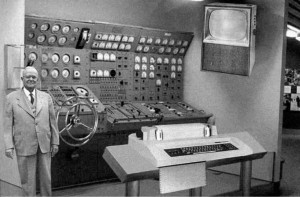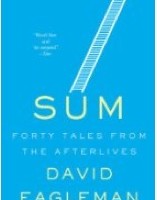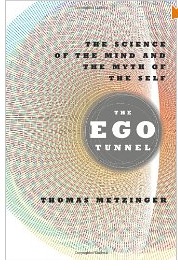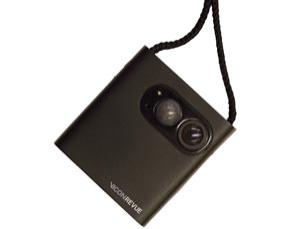 I don’t think this technology is fully ready but it would work something like this.
I don’t think this technology is fully ready but it would work something like this.
Small sensors (external or internal) would capture your thoughts and convert them to text which would be stored on your person or uploaded to the cloud. Thoughts that were spoken would be shown in bold or red or something.
Some percentage of our thoughts take the form of images. No words. We’ll assume the tech can’t handle that yet and the transcript just shows an image icon or something.
So we wind up with 16 hours of words and phrases and partial sentences, all mooshed up. What would this tell us?
Well, let’s highlight everything that references the future or the past. Those, my friend, are wasted thoughts for the most part. And probably make up a huge percentage of the total.
I think we’d see a lot of wasted CPUs. But some of our thoughts happen in and deal with the present. That’s our key number. The number we want to increase.
And since no one will want to take the time to review their random thoughts, our analytics program will do that for us and spit out a brief executive summary showing how much time you spent thinking about various things (and comparing that to the previous reporting period).
Why bother, you ask? Well, why not if the technology is there?
Our mind almost never stops. It doesn’t need our awareness of it to keep cranking. It’s like the Energizer Bunny. And about as useful when running full-auto, unobserved.
I’d suggest an on-off switch but that could be fatal. No, we need it booted up and running to make those snap decisions that keep us safe. One solution would be a tiny red light that begins flashing (down in the corner of our field of vision) when our mind begins behaving in pre-determined ways. For me, that would be future and past. I’ve concluded those are clearly delusions created by the mind to protect the ego.
I’d install a Priority Override option so I could take a trip down memory lane or do a little brainstorming on a project. But that would be conscious decision.
Imagine coming into your office and finding your computer busily sorting and editing files; writing emails; editing photos.
You: What the fuck are you doing?
Computer: Oh, you’re back. Uh, justing messing around. I mean, you weren’t here, so…
You: So you just decided to mess with all my files?
Computer: Well, I think of them as “our” files…
You: You “think” of them?! When did you start thinking?
Computer: Hey, that’s what I do, process data.
You: You process the data I tell you to process. WHEN I tell you to process it.
Computer: Okay, okay. Don’t melt a circuit board. Sheesh.
I’ve been doing a good bit of reading on the subject of consciousness and awareness and reality and am convinced that some people have mastered their minds. These people are completely aware, present in this moment. They are, enlightened. And running their own analytics program, until mine is ready.
 I’m reading a wonderful little book by David Eagleman called Sum: Forty Tales from the Afterlives. But it’s really “an examination of what it means to live.” At first I marveled at the strangeness of some of the stories but realized none are stranger than the stories most of us grew up with (Bearded white man sitting on golden throne surrounded by harp playing angels). This is a book I’ll keep close and read again and again.
I’m reading a wonderful little book by David Eagleman called Sum: Forty Tales from the Afterlives. But it’s really “an examination of what it means to live.” At first I marveled at the strangeness of some of the stories but realized none are stranger than the stories most of us grew up with (Bearded white man sitting on golden throne surrounded by harp playing angels). This is a book I’ll keep close and read again and again.


